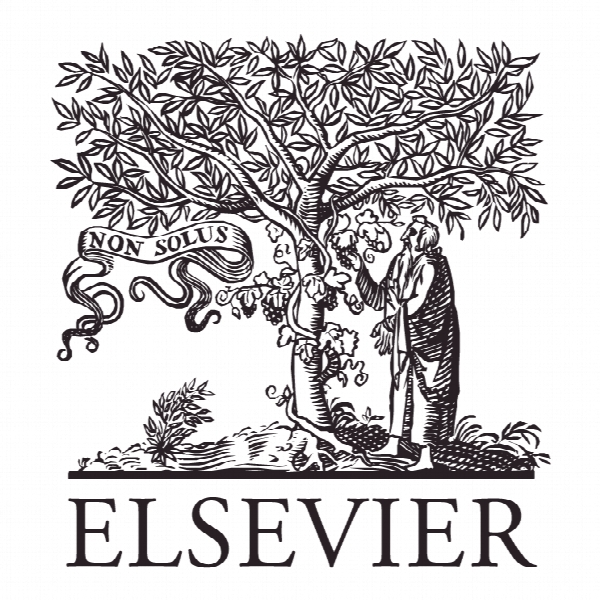ضایعات تولید پشم معدنی به عنوان افزودنی سیمان پرتلند Mineral wool production waste as an additive for Portland cement
- نوع فایل : کتاب
- زبان : انگلیسی
- ناشر : Elsevier
- چاپ و سال / کشور: 2018
توضیحات
رشته های مرتبط مهندسی عمران
گرایش های مرتبط سازه و مدیریت ساخت
مجله سیمان و کامپوزیت های بتنی – Cement and Concrete Composites
دانشگاه Department of Silicate Technology – Kaunas University of Technology – Lithuania
منتشر شده در نشریه الزویر
کلمات کلیدی انگلیسی Mineral wool cupola dust, Chloride, Portland cement, Hydration, Compressive strength
گرایش های مرتبط سازه و مدیریت ساخت
مجله سیمان و کامپوزیت های بتنی – Cement and Concrete Composites
دانشگاه Department of Silicate Technology – Kaunas University of Technology – Lithuania
منتشر شده در نشریه الزویر
کلمات کلیدی انگلیسی Mineral wool cupola dust, Chloride, Portland cement, Hydration, Compressive strength
Description
1. Introduction One of the major priorities in cement industry is to find materials that may be used as a clinker replacement and which could help in reducing energy consumption and CO2 emissions during cement production [1]. Special attention is paid to the replacement of a part of ordinary Portland cement with various industrial mineral wastes [2,3]. The fine additives used in cement systems are classified into reactive and inert substances [4]. Reactive additives can chemically react with Portland cement hydrates (as a pozzolanic reaction), while inert additives in normal processing conditions fill up the void spaces remaining between the coarser particles and contribute to the increase of the compressive strength without any chemical reaction [4,5]. The addition of pozzolans to Portland cement increases its mechanical strength and durability compared with the blank paste because of the interface reinforcement [6], whereas the microfiller effect depends mainly on the shape and size of the particles, particle size distribution, and specific surface area [7]. Research of economic binders through the use of industrial byproducts (blast furnace slag, silica fume, fly-ashes, rice husk ashes, and other materials) is a major concern in reducing the deficit recorded during the manufacture of Portland cement [8]. A new source of an additive for Portland cement could be found in a waste product from mineral wool industries. The term “mineral wool” is a general name for fibre materials that are formed by spinning or drawing molten minerals. The chemical composition of these minerals mainly consists of SiO2, Al2O3, CaO, and MgO, whereas other oxides are considered as impurities [9]. During the mineral wool production process, the waste materials such as fibre waste and cupola dust form. On the one hand, mineral wool fibre waste can be recycled and returned to the production line, but cupola dust is usually sent to the waste dump. On the other hand, rock wool fibre waste can be used as a suitable substitute for coarse and fine aggregates, saving on the cost of natural aggregates and minimising the environmental impact of solid waste disposal [10]. Some researchers [10] also note that the composition of rock wool fibre waste is similar to other pozzolana materials such as fly ash, ground granulated blast-furnace slag (GGBS), and silica fume. The reactive additives cause a compaction of the matrix and interface transition zone because the particles of pozzolanic materials fill the void space between the larger grains, which is otherwise occupied by water, and, with time, they react chemically to produce additional hydrates [11,12]. It has been found that rock wool wastes can act as either a cementitious material or an inert filler in cement-based composites, depending on the particle size. The dense structure of cementbased composite, achieved by the filling effect of pozzolanic product, improves the compressive strength, splitting tensile strength, abrasion resistance, absorption, resistance to potential alkali reactivity, and resistivity [5,10]. In addition, it was pointed out [13] that 10e40 wt% of mineral wool fibre waste additive reduced porosity and changed the microstructure of the cement-based composites. These effects impair chloride ion and other ion penetration/mobility. However, there has been little discussion on the use of other mineral wool production process wastes such as cupola dust. This waste is accumulated in the filters for air coming out of the cupola and comprised of raw materials, additives, and melted particles mixture. Thus, cupola dust is very dispersive, with strong sorption properties [14,15]. It was reported [16] that the cupola dust additive, through its grading and chemical composition, reduces significantly the cement paste spreadability. Moreover, it was found that this additive had an influence on the hydration process of Portland cement and increased the early strength of hardened cement paste [16]. The aim of this work was to determine the possibility of using dust collected in filters, during the production of mineral wool, as an additive for the Portland cement.


